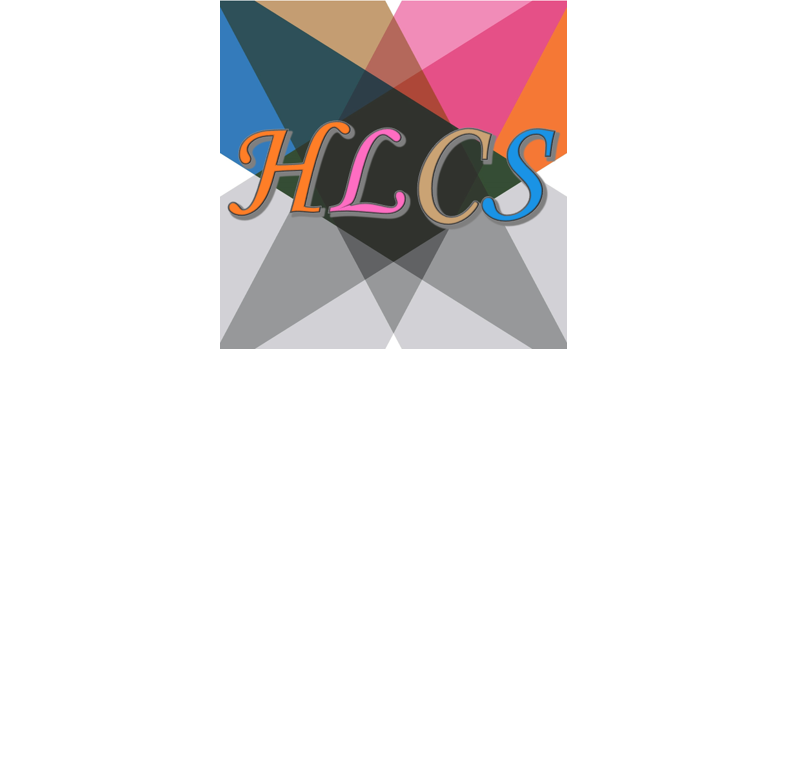The Mid-Twentieth Century Baby Boom and the Role of Social Influence. An Agent-Based Modelling Approach
DOI:
https://doi.org/10.51964/hlcs9309Keywords:
Baby Boom, Norm diffusion, Agent-based modelling, Social networks, Social influence, FertilityAbstract
Around the middle of the 20th century, most Western countries experienced a surge in birth rates, called the Baby Boom. This boom was unexpected at the time and the underlying mechanisms are still not entirely clear. It was characterized by high levels of inter- and intra-country variability in fertility, as some regions even experienced fertility decline during the Boom. In this paper, we suggest that social influence processes, propelling a shift towards two-child families, might have played an important role in the observed changes in fertility. Interactions in social networks can lead new types of childbearing behaviour to diffuse widely and thereby induce changes in fertility at the macro level. The emergence and diffusion of a two-child norm resulted in homogenization of fertility behaviour across regions. Overall, this led to a reduction of childlessness and thus an increase of fertility, as more people aspired to have at least two children. Yet, in those regions where larger family sizes were still common, the two-child norm contributed to a fertility decline. To explore the role of social influence with analytical rigor, we make use of agent-based computational modelling. We explicate the underlying behavioural assumptions in a formal model and assess their implications by submitting this model to computational simulation experiments. We use Belgium as a case study, since it exhibited large variability in fertility in a relatively small population during the Baby Boom years. We use census data to generate realistic starting conditions and to empirically validate the outcomes that our model generates. Our results show that the proposed mechanism could explain an important part of the variability of fertility trends during the Baby Boom era.
Downloads

Downloads
Published
Issue
Section
License
Copyright (c) 2021 Historical Life Course Studies

This work is licensed under a Creative Commons Attribution 4.0 International License.




